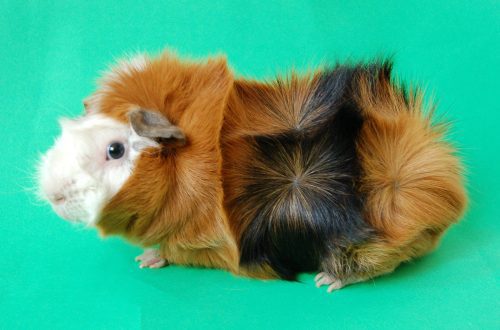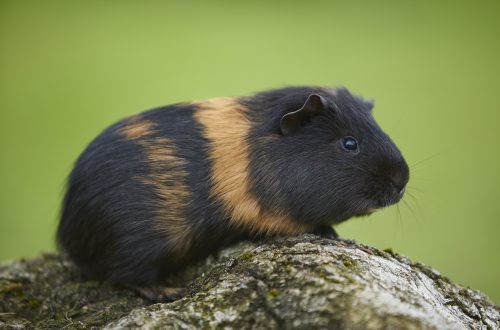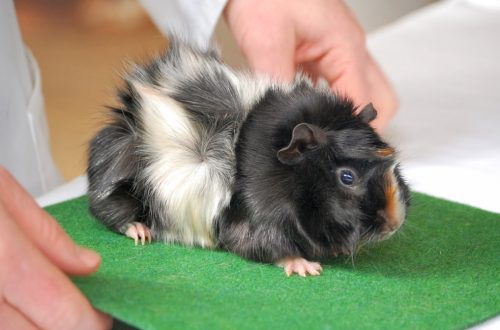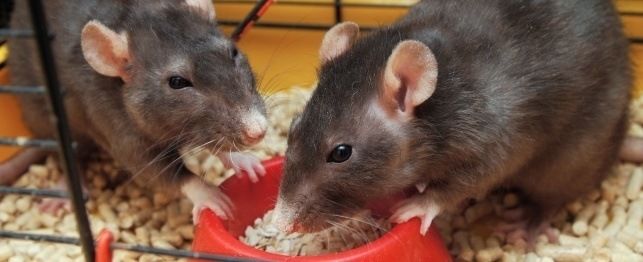
Features of feeding domestic rodents
Every owner wants a pet to live long and feel good. And for this it is important to know features of feeding domestic rodents specific species, whether it be a guinea pig, a hamster, a rabbit, or a gerbil.It is not a good solution to make your own diet based only on nuts or seeds. Pet stores sell special foods for pet rodents that contain a balanced ready-made mixture. When deciding what to treat your pet, keep in mind that nuts and sunflower seeds contain a lot of fat, but very few nutrients and calcium. But if you offer them to your pet, he can eat such “dishes” in almost unlimited quantities, so your task is to limit their content in the diet. Nuts and seeds can be given as a reward or “dessert”, but their number should not exceed 10 % of the main diet. The rodent will gratefully accept the addition of peeled, fresh vegetables or fruits to the lunch menu. Green leafy vegetables (but not celery or lettuce) are a viable option. Orange or yellow vegetables (such as carrots) will do. Their number should also not exceed 5 – 10% of the diet.
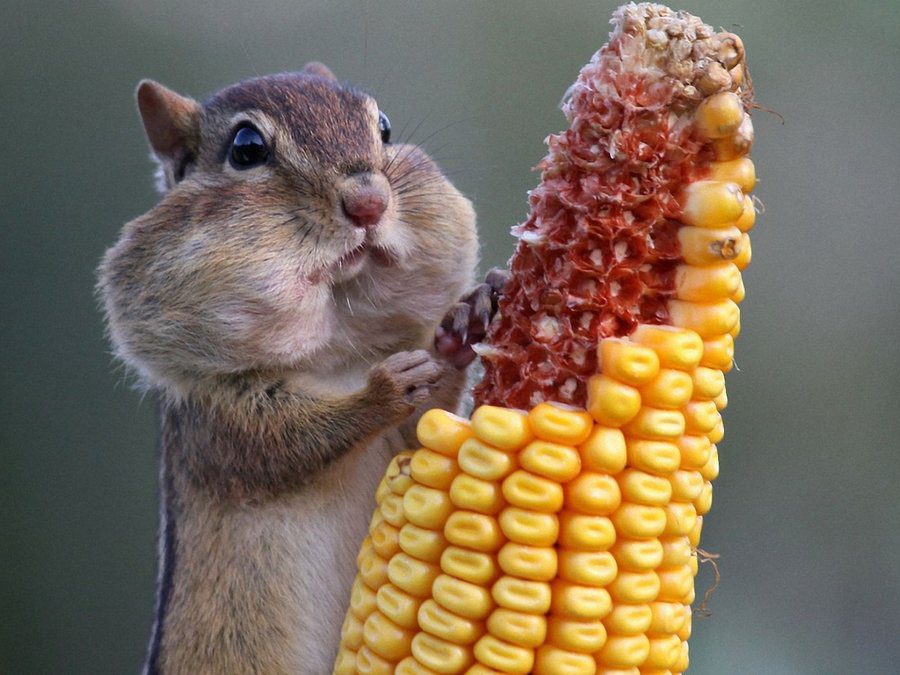

Thus, the home rodent menu should look like this:
| Product | Share in diet |
| Granular feed | 80 – 90% |
| Seeds and grain | 5 – 10% |
| Fruits and vegetables | 5 – 10% |
Clean water and food should be freely available. Get a drinking bowl and a moisture-proof feeder. Depending on the type of domestic rodent, feeding features also differ. For example, guinea pigs are prone to a lack of vitamin C. So for this rodent, it is better to choose food that contains fiber and vitamin C. Research the nutritional habits of a particular species of pet rodents before creating a menu for it.





